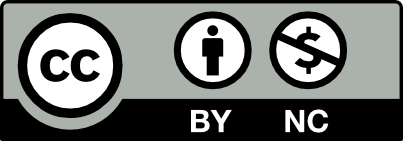Improvements to the signal-to-noise ratio of magnetic resonance detection lead to a strong reduction in measurement time, yet as a sole optimization goal for resonator design, it would be an oversimplification of the problem at hand. Multiple constraints, for example for field homogeneity and sample shape, suggest the use of numerical optimization to obtain resonator designs that deliver the intended improvement. Here we consider the 2D Lenz lens to be a sufficiently broadband flux transforming interposer between the sample and a radiofrequency (RF) circuit and to be a flexible and easily manufacturable device family with which to mediate different design requirements.We report on a method to apply topology optimization to determine the optimal layout of a Lenz lens and demonstrate realizations for both low- (45 MHz) and high-frequency (500 MHz) nuclear magnetic resonance.
Data sets used for plotting graphs in the figures and AutoCAD files for the designs of "Topologically optimized magnetic lens for magnetic resonance applications"
Jouda, Mazin
Deng, Yongbo
Nassar, Omar
Mager, Dario https://orcid.org/0000-0001-9487-3723
Korvink, Jan G.
Views
Downloads
